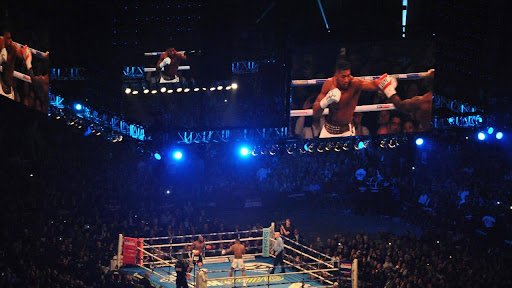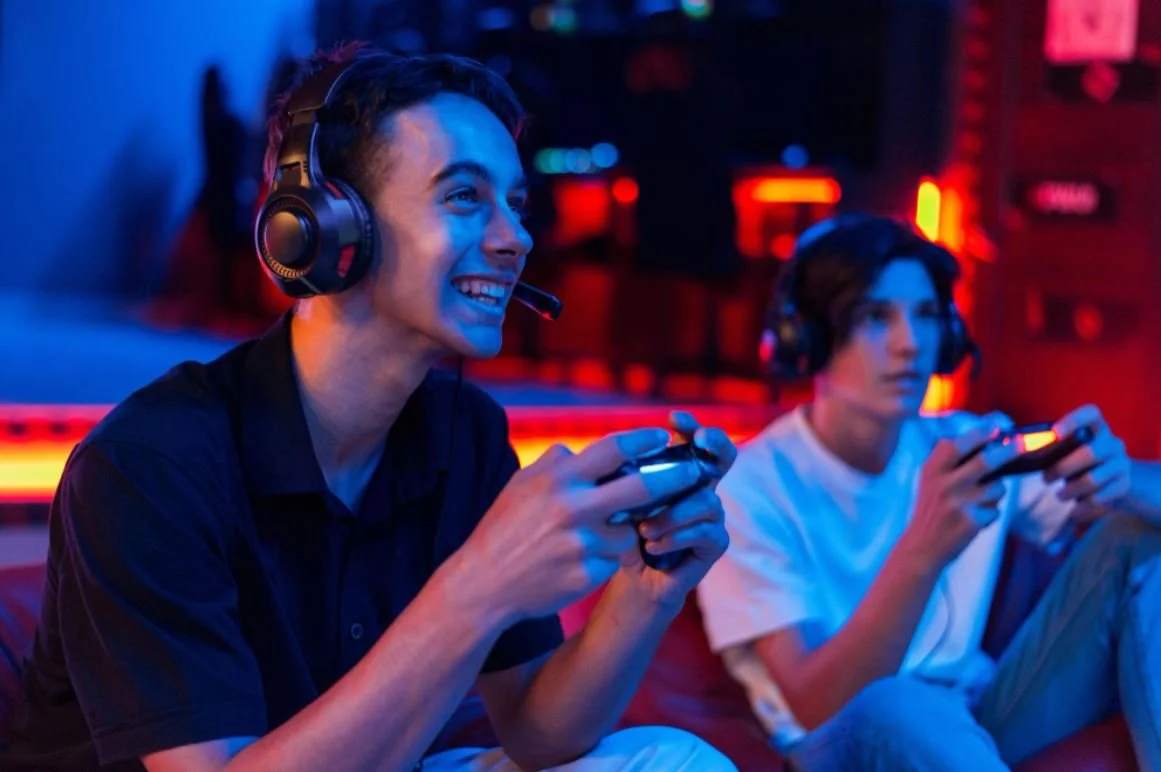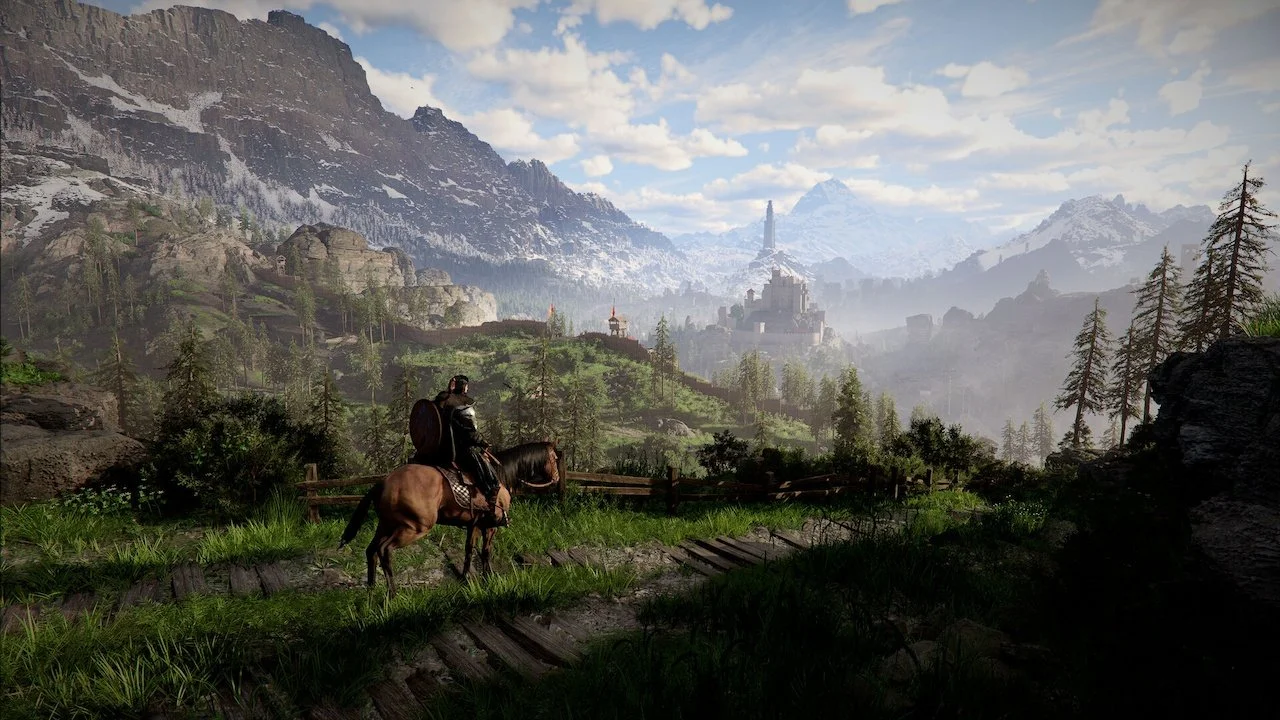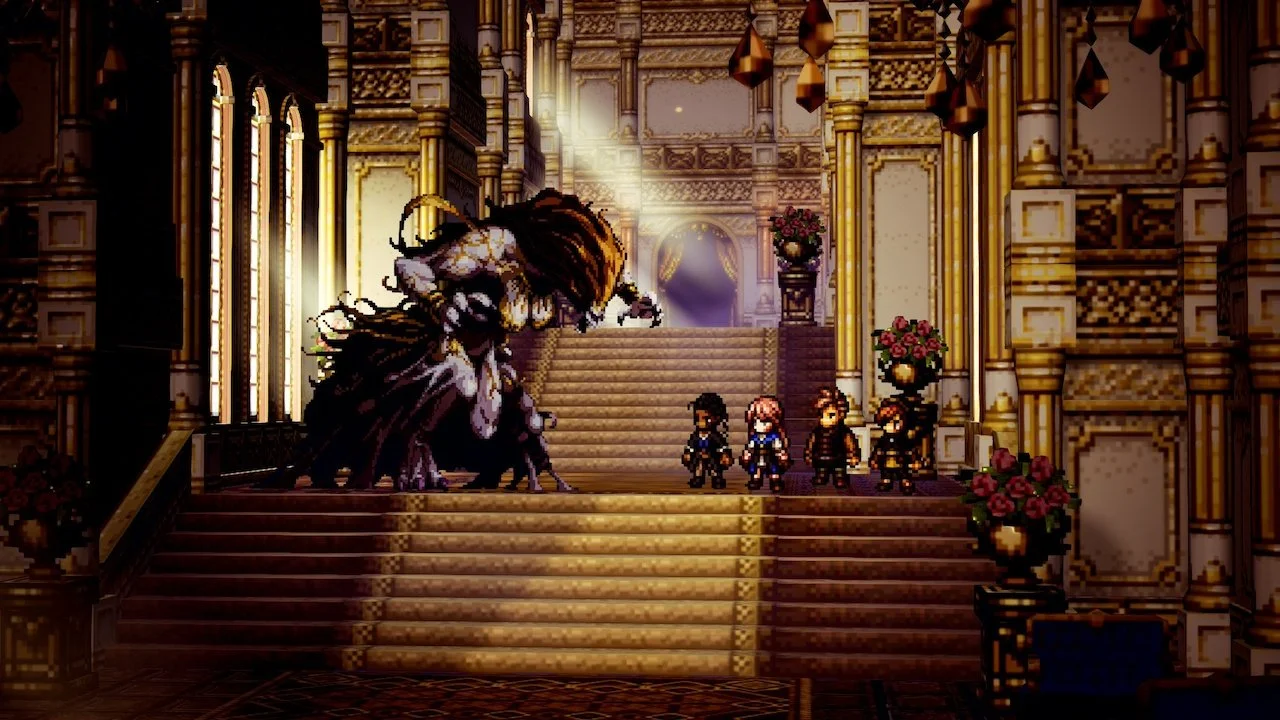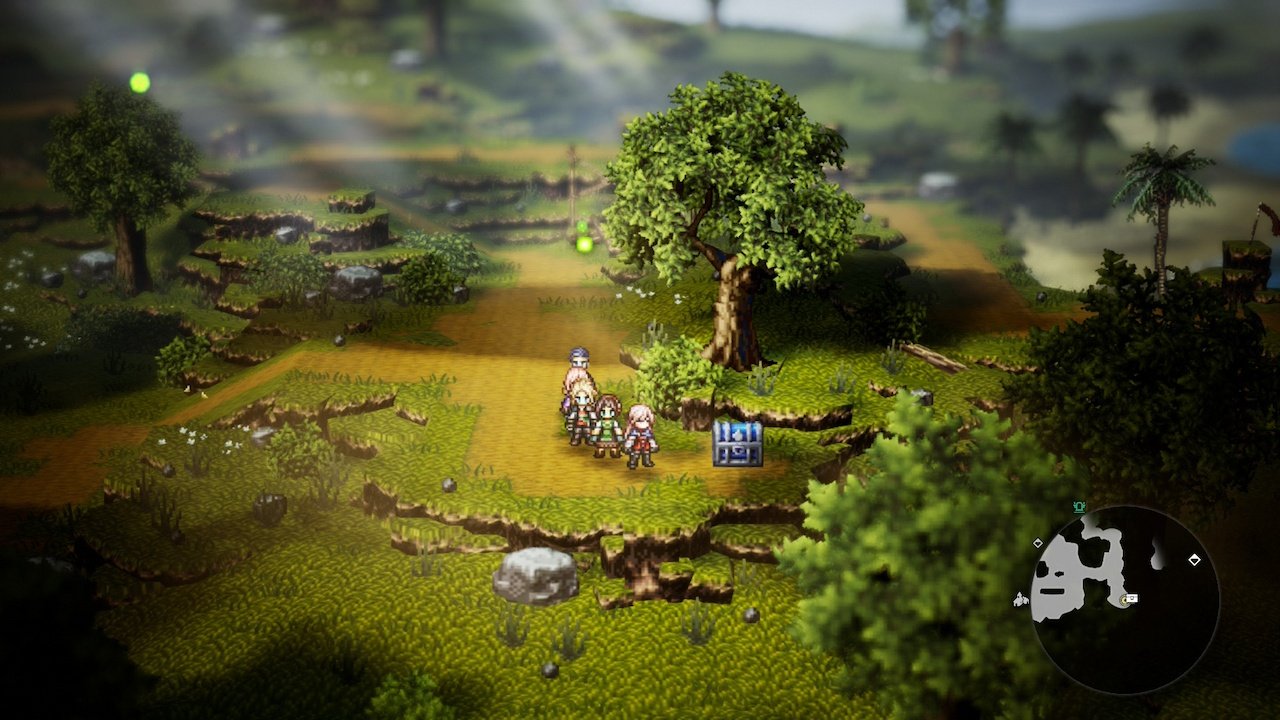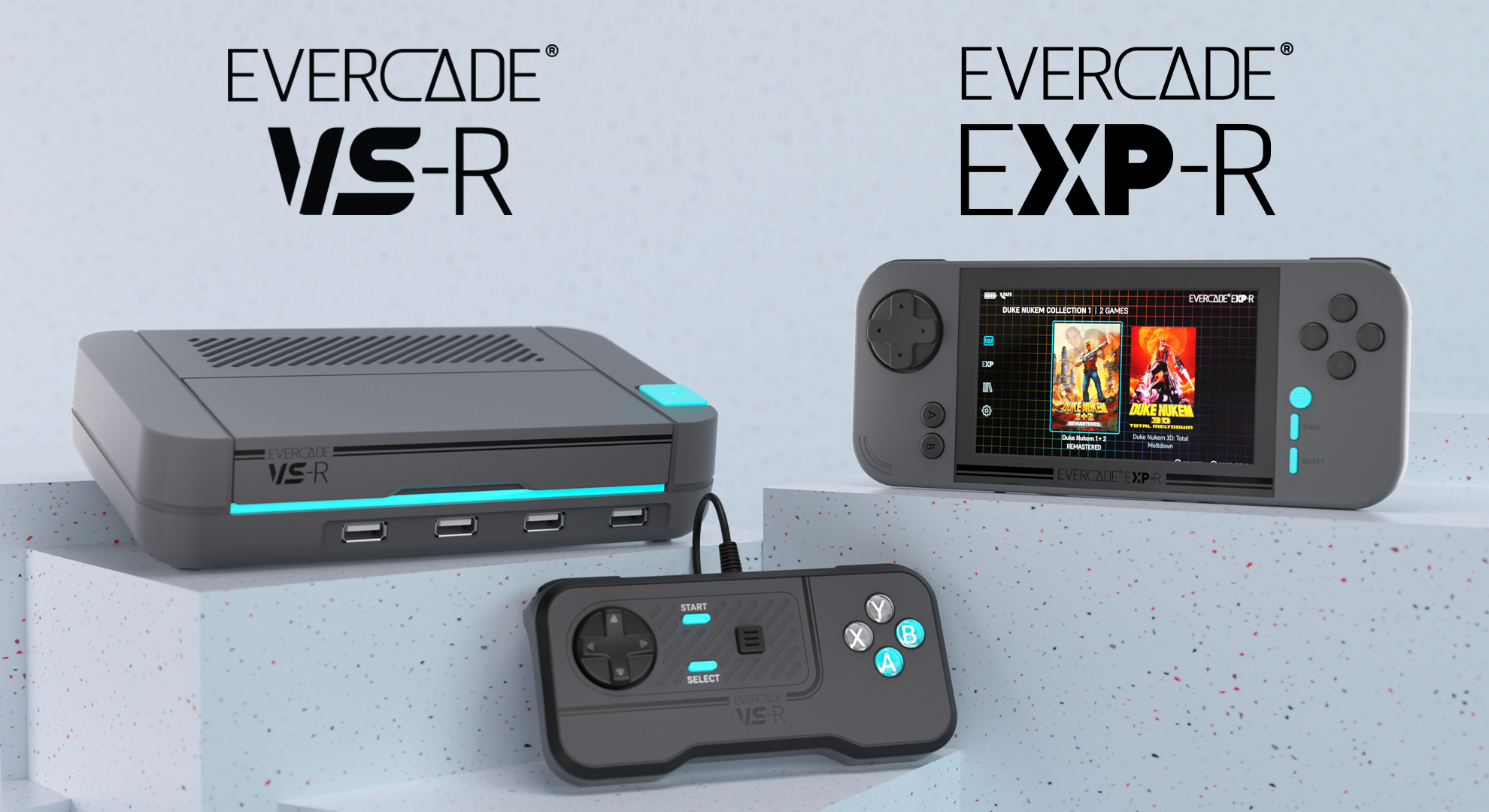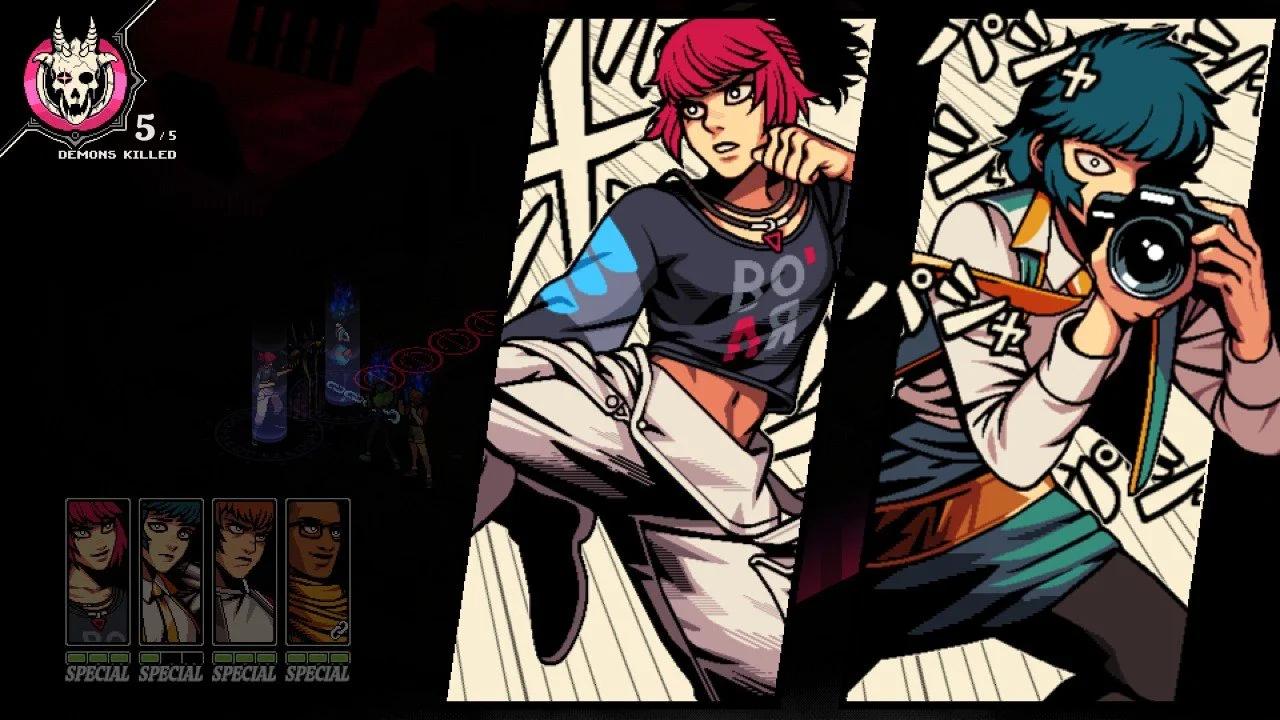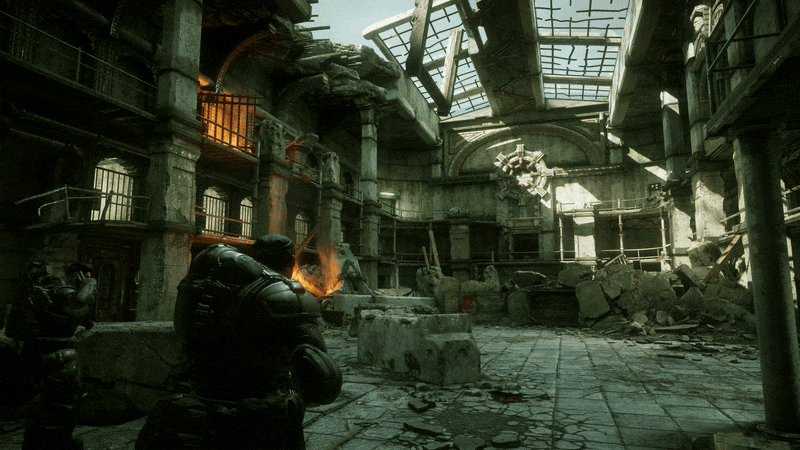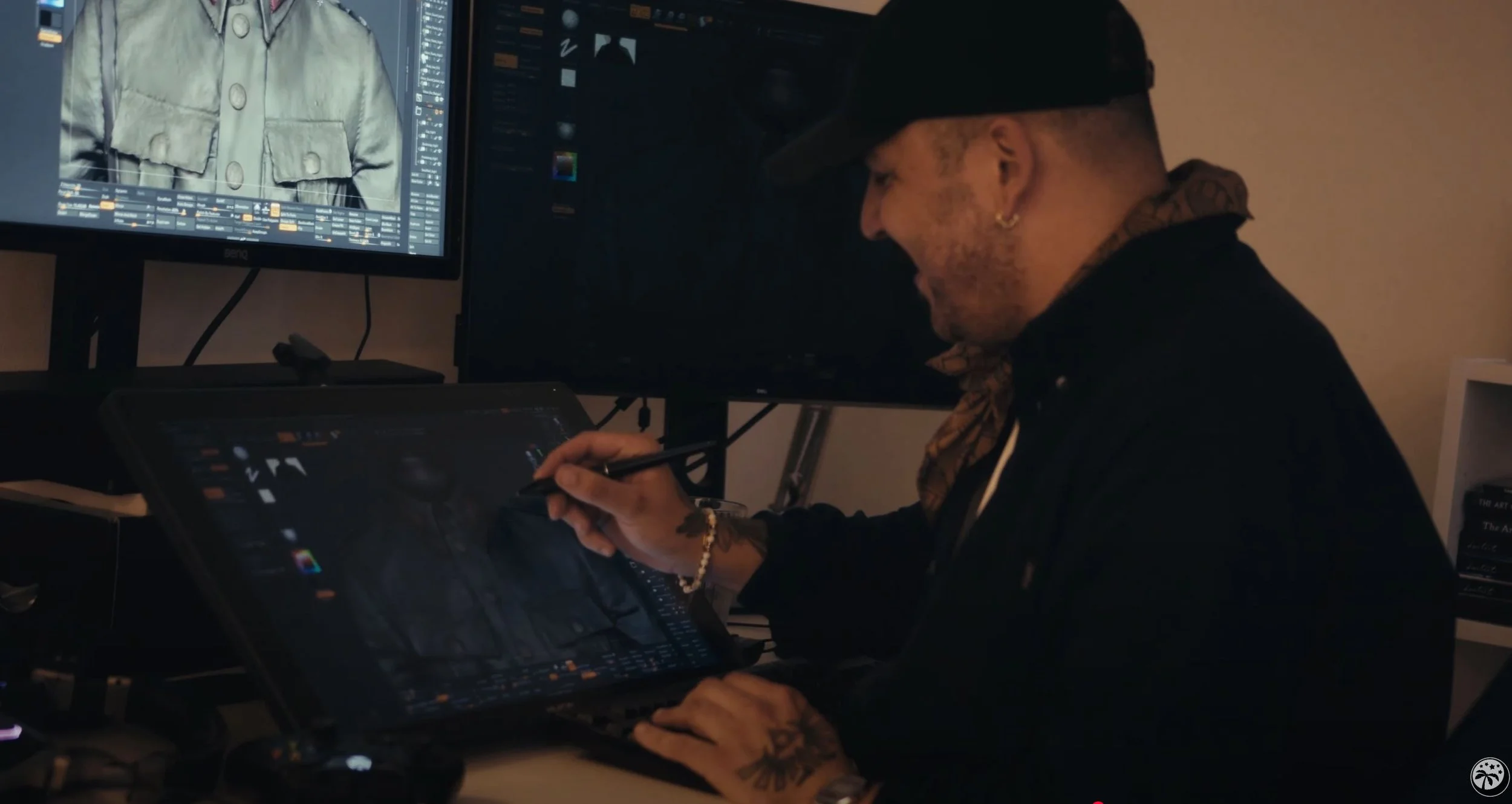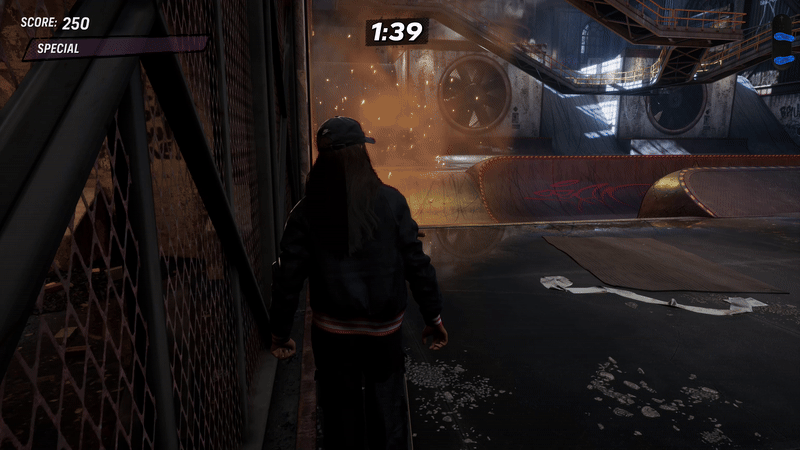In the realm of video games, crossovers represent unique opportunities for creativity and collaboration. When executed thoughtfully, these partnerships enhance gameplay experiences by bringing beloved characters together in cohesive ways. However, not all crossovers achieve this harmony—some feel disconnected or purely promotional. This examination explores both successful gaming crossovers and those that missed their potential.
Crossovers That Work
Pop Culture Crossovers in Slot Games
Successful crossovers typically share a fundamental quality: they create experiences where disparate elements feel like they genuinely belong together—enhancing rather than compromising the core gameplay experience. However, it’s not just gaming studios like Nintendo or Capcom that produce appealing crossovers.
Slot games have also embraced them, integrating themes from various franchises to attract diverse audiences. Experts from platforms like sambaslots.com say the best online casino platforms these days have extensive game libraries featuring thousands of different slot options—many of which feature themes and pop culture references from major franchises like Star Wars and Jurassic Park. Augmenting their appeal, many pay out the winnings nearly instantly through flexible payment options and offer players added value through welcome rewards and cashback offers.
Whether in iGaming or more traditional AAA games, the best crossovers succeed when they respect the essence of both worlds, creating seamless and engaging experiences that feel natural rather than forced. Here are some traditional video game titles that really capture the essence of a good crossover.
Super Smash Bros
Super Smash Bros. stands as the quintessential example of crossover excellence. Nintendo's fighting franchise has masterfully incorporated characters from across gaming history while maintaining each fighter's authentic essence. Whether featuring Mario, Link, or third-party additions like Sephiroth, the series adapts characters thoughtfully to its mechanics while preserving their original identity. This approach transforms what could have been mere fan service into a genuine celebration of gaming heritage.
Kingdom Hearts (Final Fantasy × Disney)
The unlikely pairing of Kingdom Hearts merging Final Fantasy with Disney demonstrates how creative narrative can unite seemingly incompatible worlds. Despite initial skepticism about combining Square Enix's RPG sensibilities with Disney's animated universes, the series creates a cohesive experience through its emotional storytelling and well-integrated action RPG mechanics. The thoughtful narrative foundation makes this unexpected combination not only work but thrive.
Fortnite's Many Crossovers
Fortnite's approach to crossovers has proven remarkably effective due to its flexible foundation as a platform rather than a narrative-driven experience. The game's stylized aesthetic allows it to incorporate characters from vastly different properties—from God of War's Kratos to Dragon Ball's Goku—without creating dissonance.
When Crossovers Fall Short of Their Potential
Some crossovers struggle because they prioritize marketing potential over creative cohesion, resulting in partnerships that feel disjointed or undermined by their execution.
SoulCalibur's inclusion of Star Wars
While SoulCalibur has successfully incorporated various guest fighters, placing Darth Vader and Yoda in a medieval weapon-based combat setting, it created both thematic and mechanical inconsistencies. The introduction of lightsabers into a world of traditional weaponry highlighted the forced nature of this collaboration.
Mario & Sonic at the Olympic
This crossover represents a missed opportunity despite featuring two iconic gaming mascots. Rather than leveraging the characters' platforming heritage or competitive rivalry in a way that honors their gaming legacy, the series places them in conventional sports simulations. While commercially successful, this approach fails to capitalize on the creative potential that exists between these storied franchises.
Metal Gear Survive (Metal Gear x Zombies)
Metal Gear Survive's attempt to merge Metal Gear's sophisticated stealth mechanics with zombie survival gameplay demonstrates how crossovers can undermine a franchise's identity. By grafting popular gaming trends onto a series known for its distinctive approach to gameplay and storytelling, Metal Gear Survive created an experience that felt disconnected from what made the original series special.
When Crossovers Work and When They Don’t
They work when the worlds and mechanics fit together naturally – Smash Bros., Kingdom Hearts, and Marvel vs. Capcom all succeed because they blend their characters in a way that makes sense.
They fail when they feel forced or random – Some crossovers seem like marketing ploys rather than well-thought-out ideas, like SoulCalibur’s Star Wars characters or Metal Gear’s zombie spin-off.
Player expectations matter – When fans expect certain gameplay or story elements and a crossover ignores them, it can feel jarring. A crossover should enhance the experience, not take away from it.
Conclusion
The most memorable gaming crossovers do more than mix characters—they blend worlds in ways that create new possibilities while staying true to each property's essence. When driven by creativity rather than pure commercial goals, these crossovers can become standout moments in gaming history.

